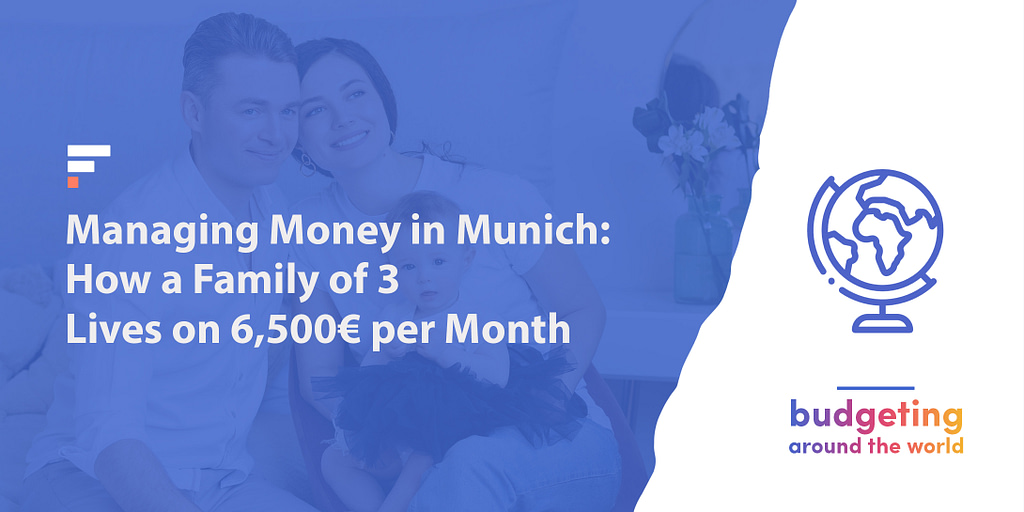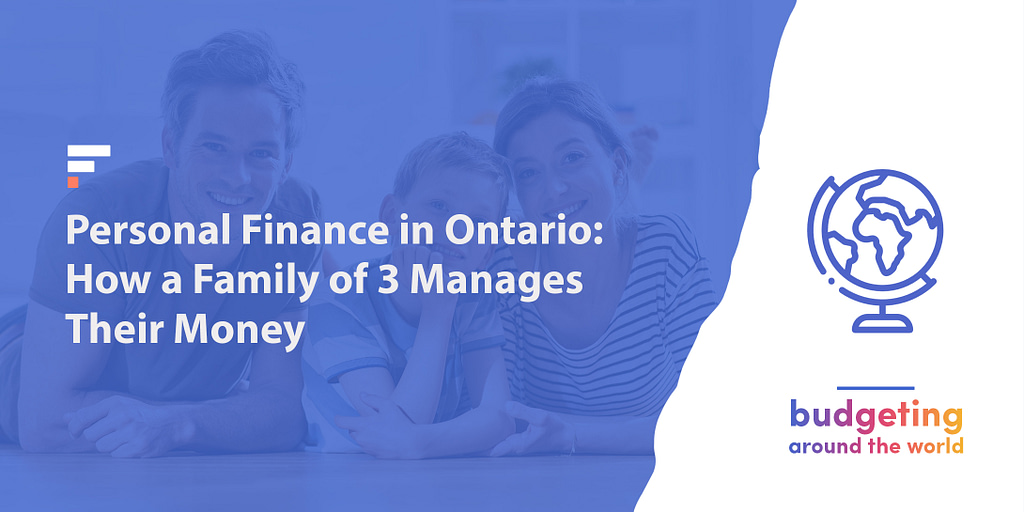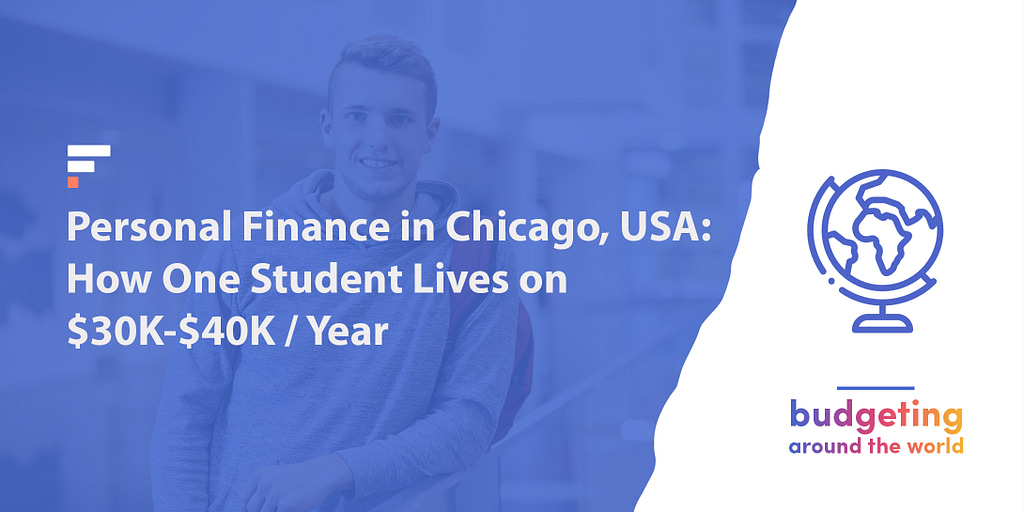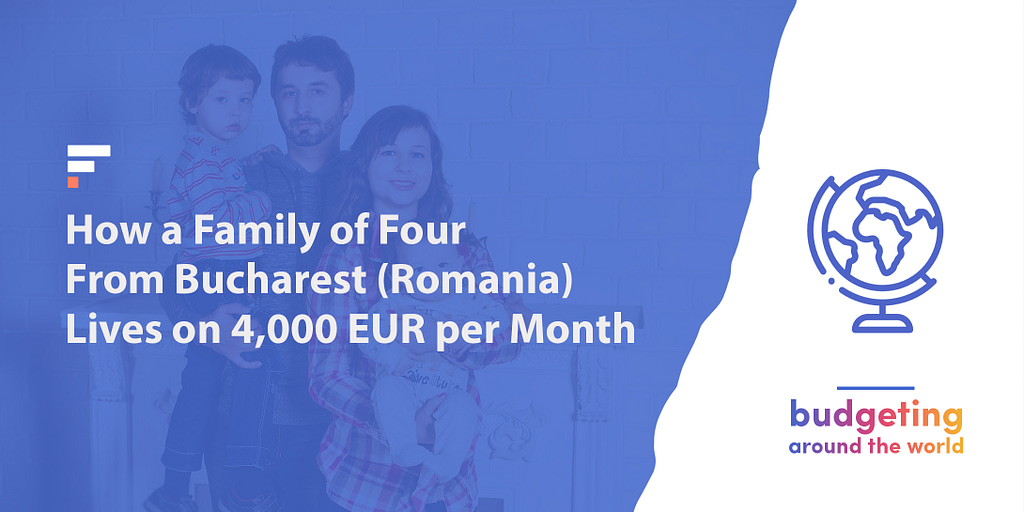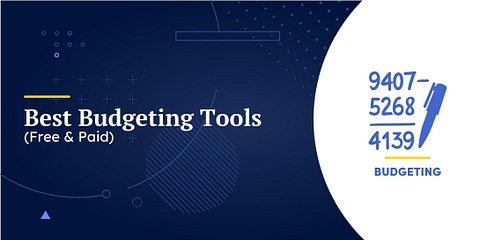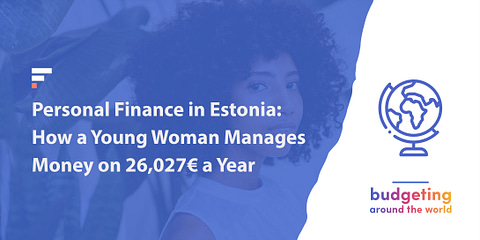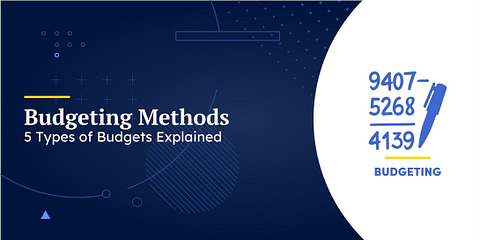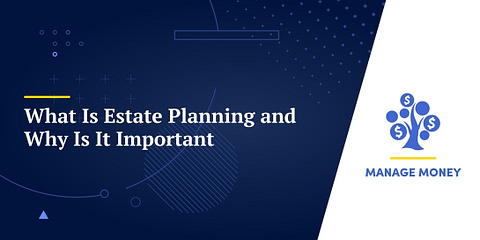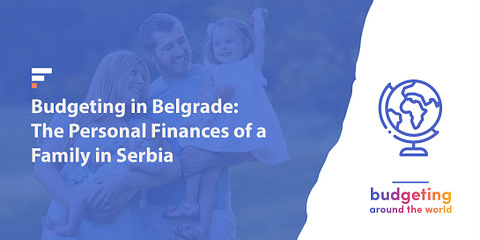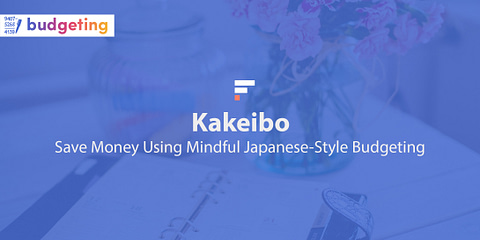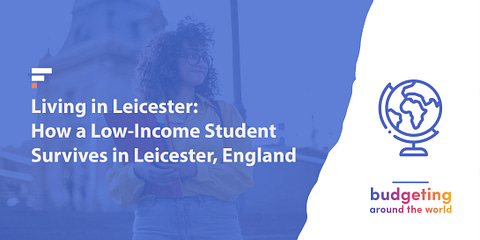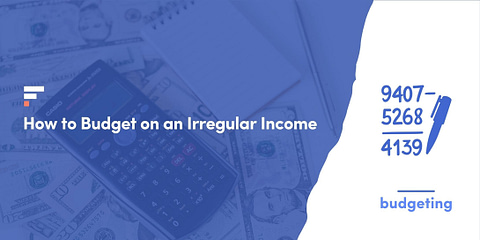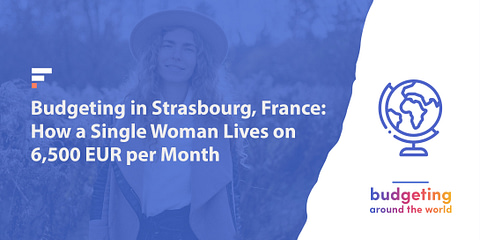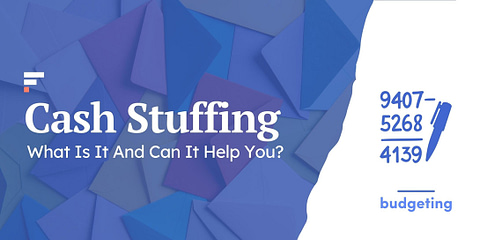Personal finance is a personal matter, and each of us needs to develop a personal style of money management. If you’re in the process of developing that style, it can be useful to look at how different people in different places meet the same challenges you’re facing. Our series on Budgeting Around the World is designed to give readers a look at the methods that households in different countries use to manage their finances. Today we’ll discuss budgeting and personal finance with a family of three from Brisbane, Australia.
Australia is a highly developed country with a large resource base and a relatively small population for its size. Brisbane is a rapidly developing subtropical city with a high level of services and infrastructure. The economy is diversified, with many resource company headquarters and strong employment in education and healthcare. The cost of living is similar to that of other Australian cities like Melbourne or Perth. Compared to similarly sized cities on other continents, life in Brisbane is substantially more expensive than Vancouver or Houston, but cheaper than Paris.
🌎 This article is part of our Budgeting Around the World series, a comparative look at how people around the world manage their money.
👼 Click here to learn how you too can contribute to this series and help us support a great charity in the process.
Did You Know
- The average take-home salary in Brisbane is AU$72,729 (US$56,524)/year or AU$6,061/month (US$4,711)[1].
- Australia’s income tax system doesn’t rely on percentages. A worker earning between AU$45,001 and AU$120,000 will pay AU$5,092 plus 32.5 cents for every dollar over AU$45,000. People with higher incomes pay more[2].
- There is no Social Security tax in Australia. The government pays benefits from general revenues. There’s a 2% Medicare levy covering doctor visits, necessary hospital care, and medications[3].
- Brisbane’s unemployment rate was 7.4% in August 2020, similar to the rate in the rest of Australia[4].
What Does it Cost in Brisbane?
- 3-course meal for 2, mid-range restaurant: AU$100 (US$77.7)
- Beef round, 1 kg: AU$19.59 (US$15.23)
- Domestic beer, .5 liter: AU$8.00 (US$6.22)
- Broadband Internet: AU$79.38 (US$61.69)
- Cinema, 1 seat: AU$15.00 (US$11.66)
- Monthly public transport pass: AU$158.48 (US$123.17)
- 3 bedroom apartment, city center: AU$2,809/month (US$2,183)[5]
On the “Big Mac Index” Australia ranks 8th out of 56 countries surveyed, with the iconic burger costing the equivalent of US$4.98.
Getting to Know the Household
We started our interview with some basic questions about the household, their lifestyle, and their approach to managing their finances.
Introduce yourself – Tell us a couple of things about yourself so we get to know you better.
49M – 26+ years as a public servant. Remarried and brought AU$44,000 debt (mostly credit card) into the relationship but refused wife’s offer to pay it out. Have done the hard work and now debt free. My wife and I looking to buy our own place this year.
Location – Where do you live (city, country)? What kind of place is it? How do you like living there?
Brisbane, Queensland, Australia. It’s a nice enough place, but I hate the subtropical humidity!
Household structure – How many adults, kids, what ages?
49M, 43F and my daughter 18F.
Occupation – What do you and other adults in the household do for a living?
We’re both public servants. My wife is in HR, I work in IT as a project manager.
Net household income – What is the take-home pay of your household (income after taxes and other deductions)?
AU$120,354 per annum (US$93,537)
AU$10,029.50 (US$7,795)/month
Sources of additional income (monthly and annual) – List any sources of income other than your salary.
Mostly salaries and wages. I also get a partial reimbursement of rent paid as a result of working in a public benevolent institution.
How would you describe your standard of living? – Based on the place you live in, your income, compared to other people around you…
Upper middle income. Our household income is quite a bit higher than the average household income in Australia.
What is your approach to managing your finances? – What is your general approach or personal philosophy on managing your finances? Do you use a budget and, if you do – do you generally stick to it? How do you make financial decisions in your household?
We use kakeibo. We list out our expected income and known fixed bills per month. We also list our savings goal.
Income - fixed expenses - savings = money that can be spent over the month
We don’t have a line-item budget but use the above approach to track our spending against our goals. We allocate our spending on a weekly basis and track against that. So if our variable expense budget for the month is AU$500 (as an example), we just inform the other what we spent and work out how much we have left for the week. At the end of the week, under or overspent funds get rolled into the next week. Everything gets zeroed for the coming month, and we start again from scratch.
We both make our financial decisions. I generally drive the start of the conversation but don’t act on it unless we both agree. Money plays a big part in our daily discussions because we have the same financial goals. We do not check in with each other before we spend money unless we feel the other should know because of the cost, but always do discuss what we spend and on what (eg, lunch for AU$10). All income and expenses go into a physical journal.
📘 If you’re interested in budgeting but not sure where to start we’ve got you covered. Read our guides on how to start budgeting and choosing the right budgeting method.
Let’s Break Down the Expenses
Now we’ll break down our respondent’s monthly household expenses into different budget categories.
📧 Get notified when we publish the next post in this series by subscribing to our newsletter!
🏠 Housing
AU$614
(US$ 477)
(6.12%)
Rent AU$1,342 (US$1,043) per month, with AU$729 (US$566) reimbursed to net AU$614 (US$ 477).
🔌 Utilities
AU$366
(US$284)
(3.65%)
Electricity – AU$80 (US$62)
LPG – AU$55 (US$43)
Phone and Internet – AU$147 (US$114)
Hot water – AU$84 (US$65)
🍕 Food
AU$1,270
(US$987)
(12.66%)
Groceries – AU$1,060 (US$824) (includes alcohol)
Eating out – AU$180 (US$140)
Fast food – AU$30 (US$23)
🚗 Transportation
AU$1,010 (US$785)
(10.07%)
Car is a lease car, so about AU$900 (US$700) per month
Public transport – AU$110 (US$85)
🏦 Debt & loans
AU$0
No debt at all.
👶 Kids
AU$2,283
(US$1,774)
(22.76%)
Child support – AU$1,522 (US$1183)
Private school fees – AU$561 (US$436)
Other child related expenses – AU$200 (US$155)
👗 Clothing and personal care
AU$84
(US$65)
(0.84%)
Very low. Annual would be AU$1,000 (US$777)
🧹 Household supplies
AU$0
Rolled into groceries – we don’t differentiate, so cannot say with
certainty. We have not bought any furniture in last 3 years – and
that was about AU$200 (US$155).
🐦 Pets
AU$12
(US$9.33)
(0.12%)
Rolled into grocery expenses – basics just bird seed.
🛡 Insurance
AU$298
(US$232)
(2.97%)
Private health – AU$280 (US$218)
Contents insurance – AU$215 (US$167) per annum, AU$18 (US$14.00) per month
Car insurance is included in the lease cost above
🏥 Healthcare
AU$75
(US$58)
(0.75%)
Pharmacy – AU$45 (US$35)
Other health – AU$30 (US$23)
🎮 Entertainment
AU$65
(US$50)
(0.65%)
Books – AU$35 (US$27)
Going out with colleagues – AU$30 (US$23)
💻 Subscriptions
AU$16
(US$12.43)
(0.16%)
Netflix
🏦 Savings
AU$5,500
(US$4275)
(54.84%)
Home deposit – AU$5,000 (US$3,886) (on average)
Emergency Fund AU$500 (US$389)
Retirement savings comes out before tax. Won’t include in
the figures above as we have no control over this, it’s compulsory. It’s AU$1,780 (US$1,383) per month
* All figures are as reported by respondents. Totals may not add up to 100%.
📘 We only included the categories in which this particular household has any monthly expenses. View the full list of budget categories we used for this survey, along with what’s included in each of those categories: 110 Budget Categories.
What are your thoughts on this family budget? Let us know in the comments below!

